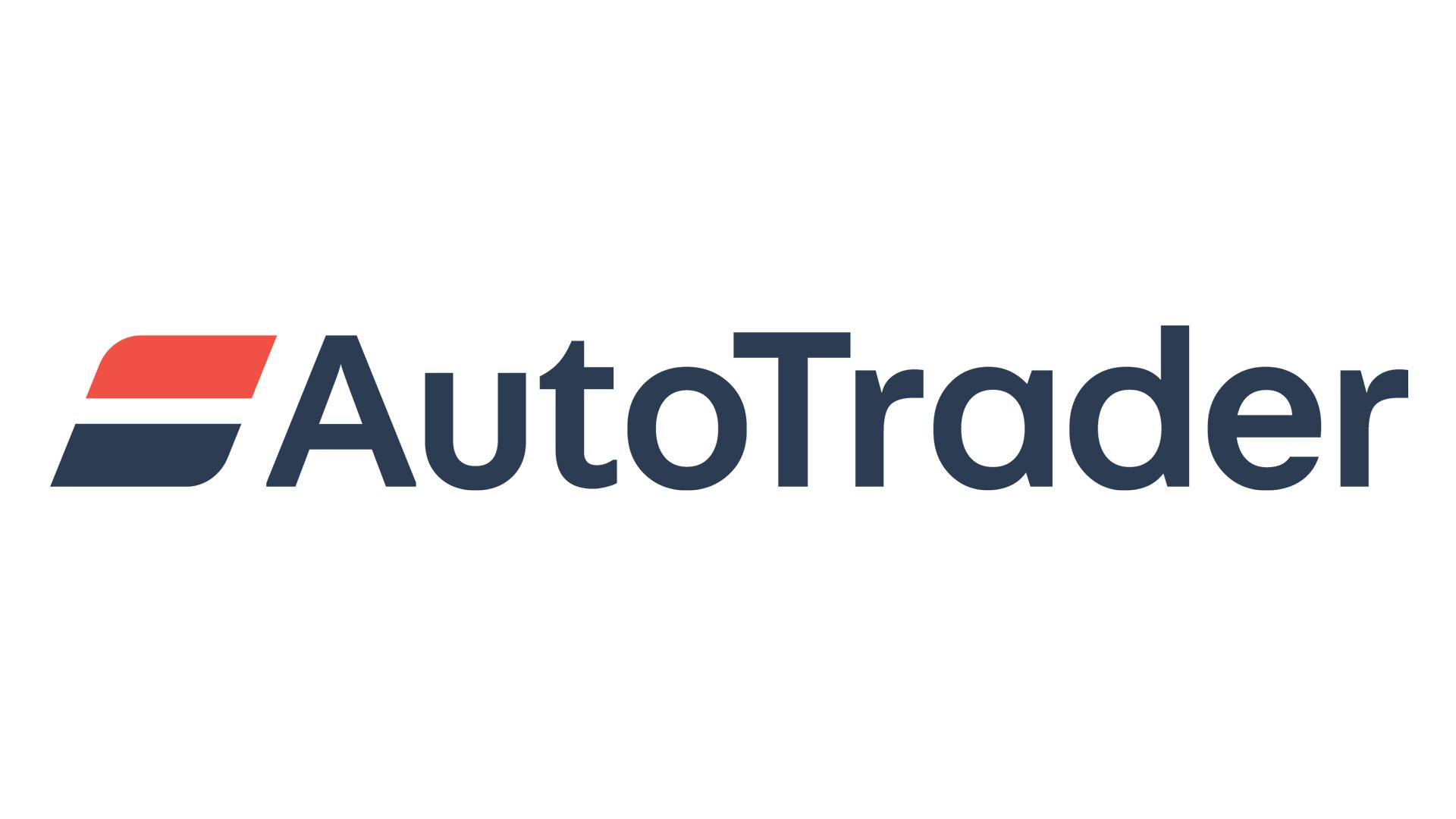Why Should Your Hybrid Business Consider These Technology Trends?

Business Consider technology is a pivotal tool that motivates innovation in most organizations. Therefore businesses are inclined to be prime witnesses of the ever-changing technology industry. A key example of this comes at a time when COVID-19 intercepted the full-time office routine. Remote working become an exciting idea that most employees adopted with open arms. Despite it starting as a global requirement, many businesses realized. The implications and value of this new practice – which was fundamentally due to its technological support practice.
We discussed this with a provider to small business IT support companies. Who have been accessing new technologies and better support for companies for more than 10 years. They have identified that the latest business trend that technology drives the most is ‘hybrid work’. This article explores some of the key technology trends that motivate for hybrid work.
No trust network models
Hybrid working facilitates the progression of remote working. Which results in employees requiring access to the Business Consider’ data outside of the office premises. Considering this shift, organizations are expected to broaden their network boundary. Which means that there is a wider scope for vindictive. Players to gain additional points of access to the network system.
Businesses are therefore encouraged to look into better cybersecurity systems. One trend that can assist with the issue of people maliciously exploiting the system. Is the zero trust approach to network access. This works in a manner in which employees are tasked to verify. Their identity every time they need to access any data or resources in accordance with the business’ network.
An example of this practice would be specifically in healthcare. This approach makes it easier for organisations that require careful data protection systems. To safely manage access and control for remote users. This works well in this setting as this approach never ‘assumes’ that the employee needing access to the data is who they say they are, it bluntly requires each and every employee to adhere to its protocol of providing their access identities. This method tends to be a key reason in avoiding any mistakes, which in turn could be major data breaches.
Everything as a Service (XaaS)
The extensive usage of public cloud service has formed a trend known as ‘Everything as a Service’, additionally known as ‘XaaS’. An example of this is when businesses invest in cloud-based resources from services like Microsoft Azure. Their solutions can be identified Business Consider as the following:
- ‘Software’ as a Service (SaaS)
Applications and services that are hosted in the cloud, yet can still be accessed across all platforms, such as Ios, Android, Windows, Mac, etc. One of the best examples that most businesses tend to use for this purpose is Microsoft 365.
- ‘Desktop’ as a Service (DaaS)
A complete desktop experience, which usually includes applications, that is hosted in the cloud, and accessed by employees via the internet using a virtual desktop client. One of the most popular examples includes Azure Virtual Desktop and Windows 365.
‘Everything as a Service’ has become a pivotal reason to the growth and inclination of hybrid working, as the delivering services can be completed remotely. This results in businesses not requiring IT admins to access employee’s computers in order to manage any software updates. This method has become more stable rather than having employees host data and software on their personal devices.
Integrated Cloud Communications
In order for both hybrid and remote working to work for a business, strong communication practices are of utmost importance. A provider for IT Support London businesses have mentioned that during the pandemic, most outsourced IT support was linked to the use of video conferencing software, and that years prior to this, the use of instant messaging within a business was increasing rapidly.
Integrated communication has been around for a while, however, the fact that businesses are now migrating to cloud computing has resulted in this form of communication to be accelerated. This has resulted in integrated cloud communications being able to provide all channels of communication within a business, which essentially means that all video calling, instant messaging, emails and telephony are hosted within a unified platform and interface.
We can all agree that both hybrid and remote working have taken over many business models. Many businesses see the advantage of hybrid and remote working, not only for their employees, but for the business itself, however, they are not always certain of how to go about it successfully. There are many providers like Microsoft 365 Consultants, that are able to provide businesses with the necessary guidance on the various technology trends needed to champion the idea hybrid working within their business. Through the various technology trends that have grown within the industry, we can establish that it is important for businesses to consider the ‘no trust network model’, ‘everything as a service’ and ‘integrated cloud communications’, in order to achieve the best out of hybrid working for both the business and themselves.









